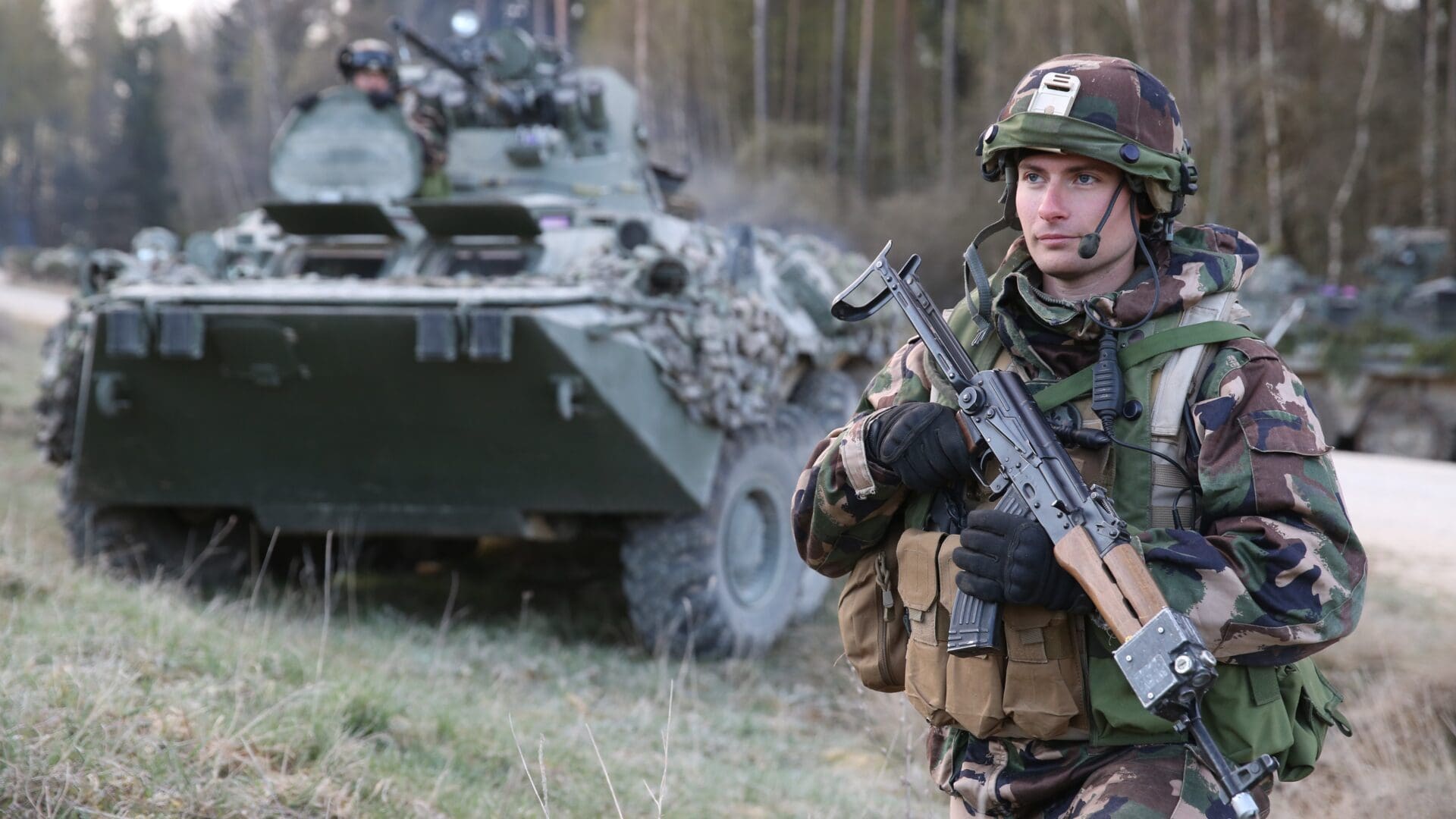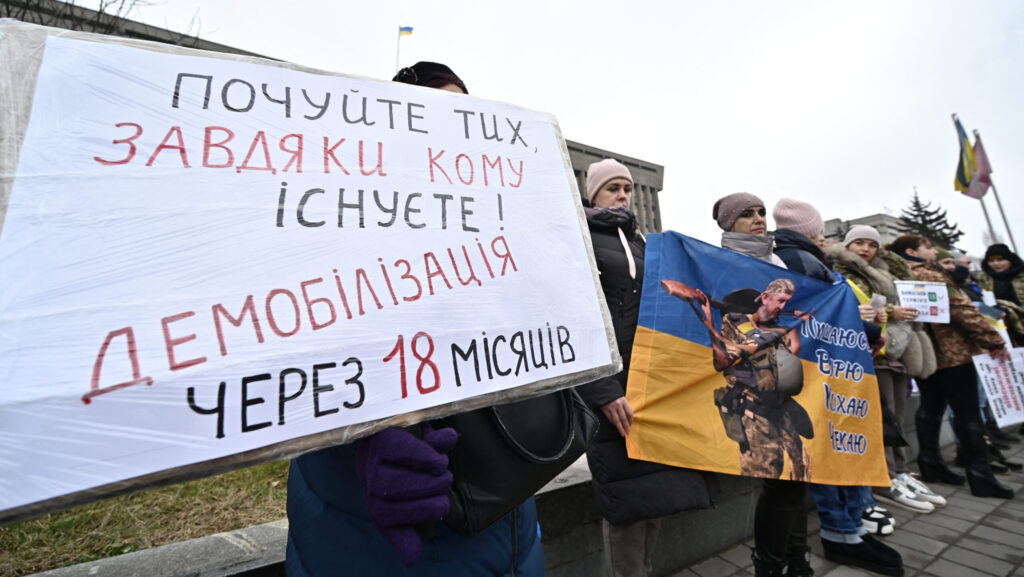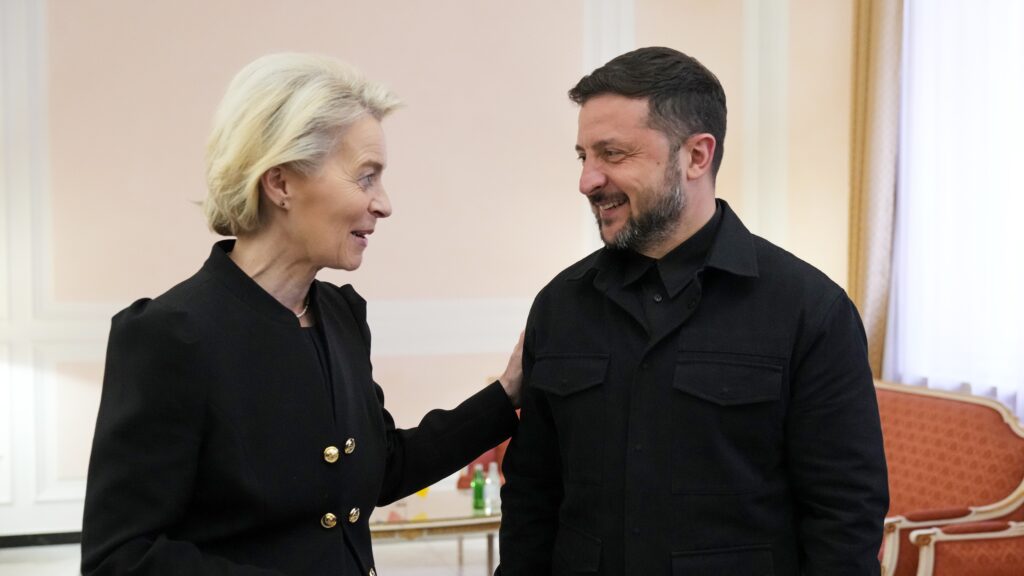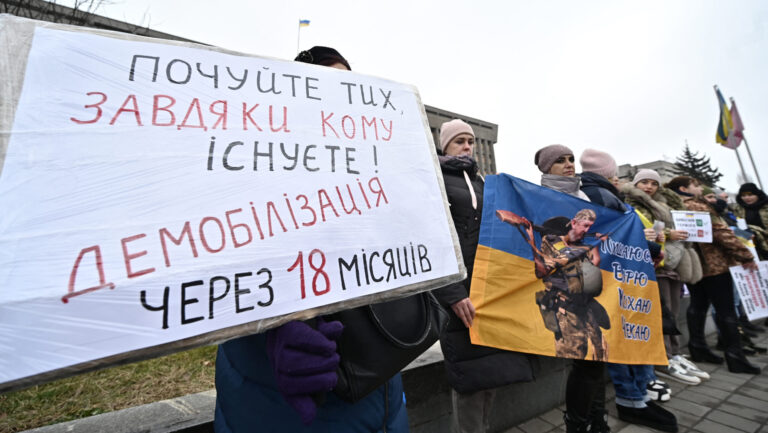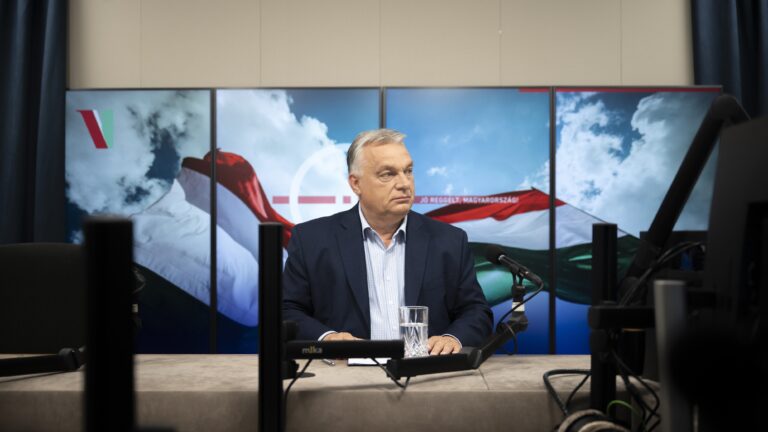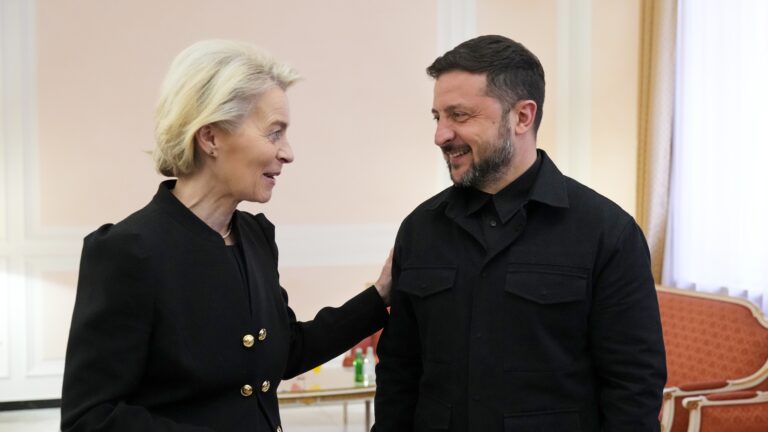Hungary became a full-fledged member of the North Atlantic Treaty Organization on 12 March 1999, almost exactly 24 years to this day. It ended a long, arduous process that started as soon as the first democratically elected government, the Antall administration, took office in 1990, when there were still Soviet stationed in the country.
One of PM Antall’s main objectives was Euro-Atlantic integration. Joining both NATO and the European Union were key parts of that bold plan. A big step in achieving the former came in 1995, when Socialist PM Gyula Horn (who happened to be a former member of the paramilitary unit known as ‘pufajkások’ (named after the pufajka, a Russian-style wadded jackets they wore) fighting on the side of the Communist regime in the 1956 revolution, allowed NATO peacekeeping forces to use the Taszár Air Base in southern Hungary during the Balkan wars. Thus, it became the first military base located in the former Warsaw Pact countries to be used by NATO personnel. By that time, Hungary had been part of the Partnership for Peace for years, a NATO initiative that has allowed former Soviet bloc countries in the Central and Eastern European region allows partners to build up an individual relationship with NATO, choosing their own priorities for cooperation. The next year, in January 1996, even incumbent President Bill Clinton came to Taszár to commemorate the occasion, and to address the US troops stationed there.
Previously, in 1993, the National Guard of the US state of Ohio chose Hungary as their military partner nation. It is no coincidence that it was Ohio Governor George Voinovich of the Republican Party who sent a special request letter to Secretary of State Madeline Albright in 1997, supporting the NATO accession bid of Hungary (as well as two former Warsaw Pact countries, Poland and the Czech Republic, who joined the Alliance at the same time).
In January 1996, the Hungarian government officially declared its intention to join NATO. The next year, in November 1997, a referendum was held in Hungary about NATO membership. The ‘yes’ option ended up winning by a landslide, getting 85 per cent of the vote. However, the turnout was a rather low 49 per cent. Still, the nearly 3.5 million Hungarian voters who came out in support of joining the alliance gave a clear mandate to the Socialist (MSZP) administration at the time to pursue the accession further.
In February 1998, the Hungarian Parliament confirmed the result of the referendum. On 12 March 1999, as all other member states had ratified the expansion, Hungary formally became a member of the North Atlantic Treaty Organisation—a military alliance that was originally created in 1949 to counter the military power of the Communist bloc nations, which also included Hungary.
The Current Stance of Hungary as a NATO Member State
Evidently, a lot has happened in the 24 years Hungary has spent as part of the alliance. Currently, the relationship seems to be more important than ever, as there is a ‘hot’ war raging in Europe again, right next to our country. It is no accident that Viktor Orbán also stressed the importance of NATO membership in his State of the Nation address last month.
The Orbán administration has committed to spending at least two per cent of the country’s GDP on defence by the end of 2024, a commitment made in 2014 by all NATO members but something many NATO countries have not yet honoured. Hungary, in fact, is set to achieve the two per cent threshold by the end of this year, one year before the deadline. As part of the boost to defence spending, a massive, extensive military modernisation project is currently ongoing, as Hungarian Conservative has reported in several articles.
Last week, Lieutenant General Romulus Ruszin-Szendi, Chief of General Staff of the Hungarian Defence Forces joined a discussion on the Ultrahang YouTube channel specialising in national security topics. There, he too declared that the NATO alliance is crucial, calling it ‘the most powerful and most capable defence alliance’. He also told the listeners that he has no doubt that the collective defence clause would immediately be invoked if a non-NATO nation were to attack Hungary. Nevertheless, he also pointed out that Article 3 of the NATO treaty also requires all member nations to ‘maintain and develop their individual and collective capacity to resist armed attack’. In other words, in case of an attack, all countries in the alliance must be able to defend themselves until NATO forces come to their aid.
LtGen Ruszin-Szendi went on to dismiss the rumours propagated by the opposition media that Hungary ranks low among NATO nations in military competence. As he put it, he’s always been proudly serving in the alliance’s Military Committee as his nation, Hungary, has always fulfilled its commitments to NATO. As an example, he brought up the Hungarian task force that was set up on the Eastern border of the alliance—their deployment was carried out in a quick and efficient manner, and their combat readiness was praised by a surveying NATO general.

